Google I/O 2025 melded light-touch UI interactions with an enhanced AI-driven core
We take stock of Google’s new AI offerings. Under a new Material 3 Expressive aesthetic that softens and smooths, AI arrives to take stock of you, your choices, desires, innermost thoughts and exactly what it is you want for dinner
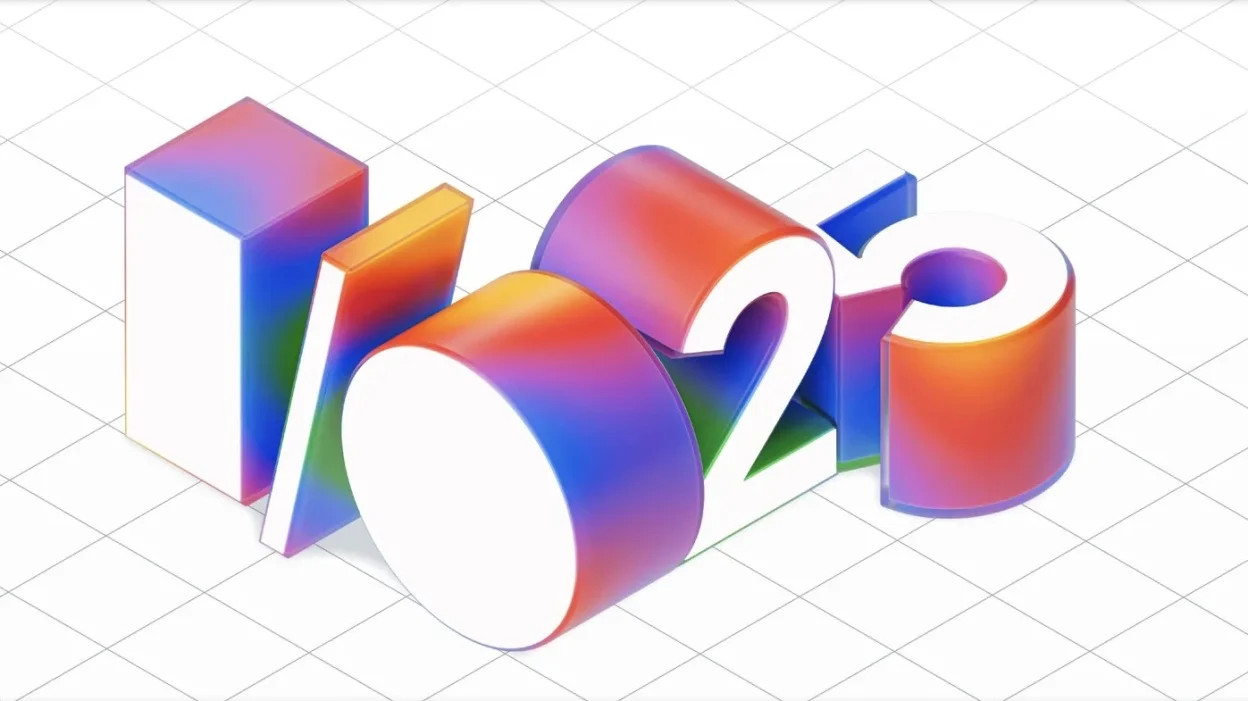
For the past week, all eyes have been on Google as the company wraps up its annual I/O conference with a wave of new announcements. You can find reams of online speculation and bulleted lists elsewhere, but what, ultimately, does all this change – both incremental and monumental – mean for the end user, us?
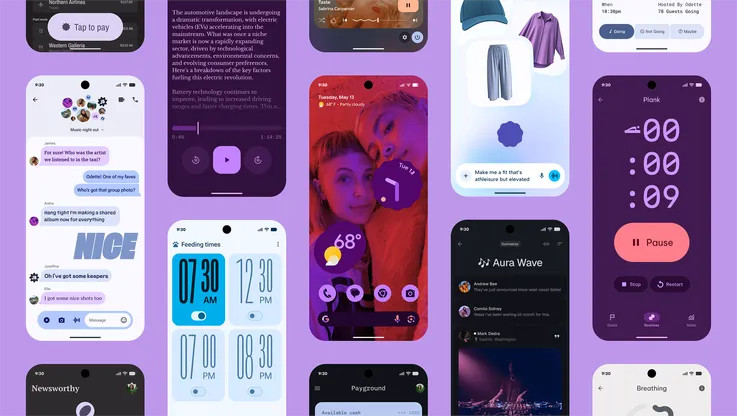
Examples of Google's new Material 3 Expressive UI changes
In amongst a cavalcade of new features, tweaks and updates, the big takeaway was that it’s no longer all about the OS. Granted, Google announced the substantial overhaul of Android and Wear OS with the introduction of a new evolved design approach, Material 3 Expressive. This will be the underpinnings of what is now the 16th incarnation of Google’s home-brewed phone operating system, Android 16. But what matters more to Google – and by extension you – are the creeping features of AI functionality into all facets of search and, by extension, consumption.
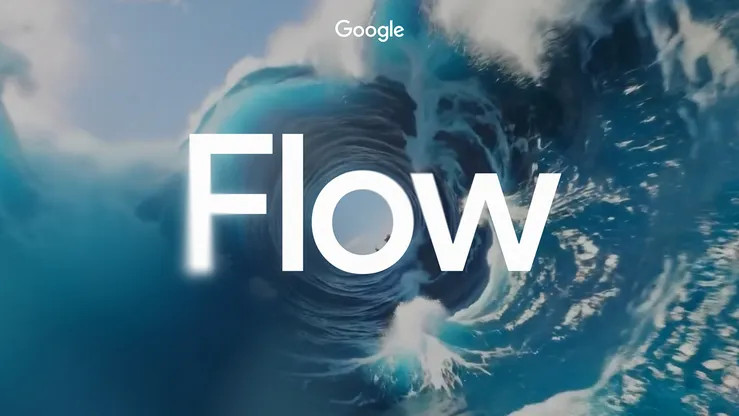
Flow is Google's new generative AI video tool
Android is by far the world’s most dominant mobile OS, with over 70 per cent of market share. Apple’s iOS hoovers up around 28 per cent, leaving a couple of points for independents to scrap over. In the US, things are a little different, and iOS dominates (c57 per cent to 42 per cent). When OS design changes, every pixel shift and icon change, launch animation and enhanced feature is minutely scrutinised in order to determine who will retain the edge for the next cycle of tech.
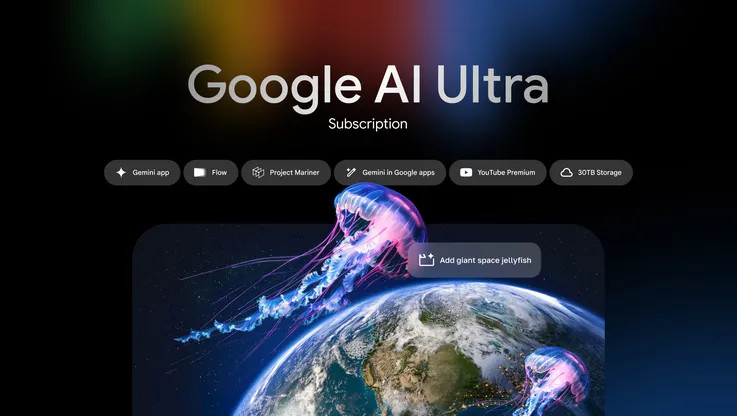
Google AI Ultra is the new premium, catch-all subscription to the company's AI services
The list of Google’s new announcements was especially long this year. Google’s Gemini AI became a little more ubiquitous and a little more pricey, as the top tier version of the system, Google AI Ultra, bundles the cutting edge of the technology into a $250 monthly package that includes generative video (Flow, capable of sating the desire for Guy Ritchie/Grand Theft Auto mash-ups running at a seamless 40 clichés per second), the Whisk visualiser, a new research assistant, Project Mariner, and a subscription to YouTube Premium thrown in. Presumably so you can use the service without having to sit through a slew of AI-generated ads.
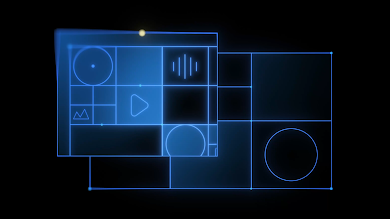
Google's Project Mariner is 'research prototype exploring the future of human-agent interaction'
For AI watchers, the most significant announcement of the week was the arrival of the fully fledged AI Mode, first in the US but rolling out to other markets in due course. AI Mode effectively splices AI-generated responses into search, allowing users to make conversational enquiries either via text or speech and then collating contextually relevant results that can be queried and refined.
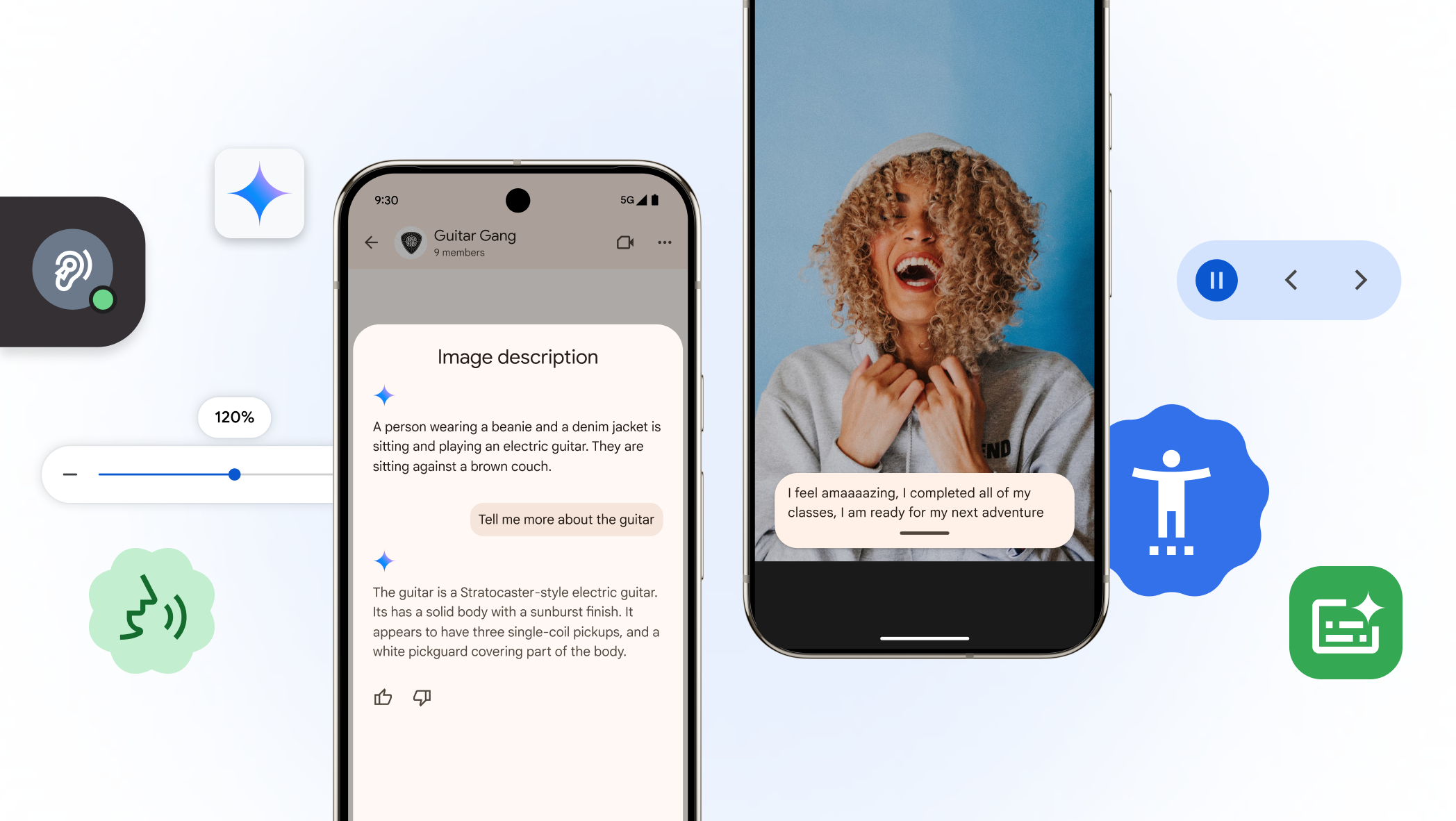
Google wants to be at the very heart of your life
Shopping and searching with AI
In practice, this is how many people already use search engines – asking a question – but AI Mode is about creating a set of queries and responses that flows naturally. Think something along the lines of ‘can you remind me how much the set lunch was at that restaurant I found yesterday’, or some such.
Caveats? It’s too early to tell, but given the slow degradation of ‘traditional’ search via the incursion of first sponsored results and latterly AI-generated summaries, it’s not hard to see how AI Mode could quickly become the archetypal ‘mid’ experience, guiding us all on invisible rails to businesses and services that just happen to be inextricably commercially co-dependent on the big G.
Receive our daily digest of inspiration, escapism and design stories from around the world direct to your inbox.
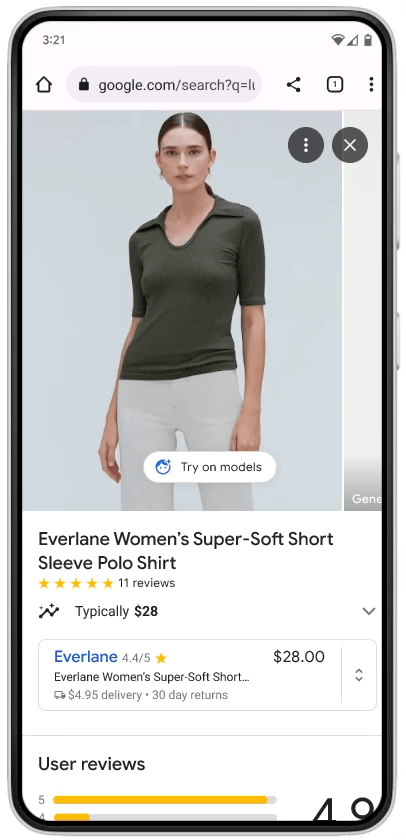
AI Mode's virtual try on service
Naturally, AI Mode will also become the go-to portal for Google’s shopping experience. Google claims to have no fewer than 50 billion product listings on its systems, refreshing two billion of them every hour for accurate price and availability data. In an attempt to make this avalanche of choice feel less overwhelming, AI Mode debuts a couple of new features, including the ability to ‘virtually try on clothes’ using an AI that mimics the drape and fall of clothing across a wide variety of body types. Or you can go one stage further (for US customers only right now) and upload a full-length photograph of yourself to use as the basis for the virtual clothes horse system.
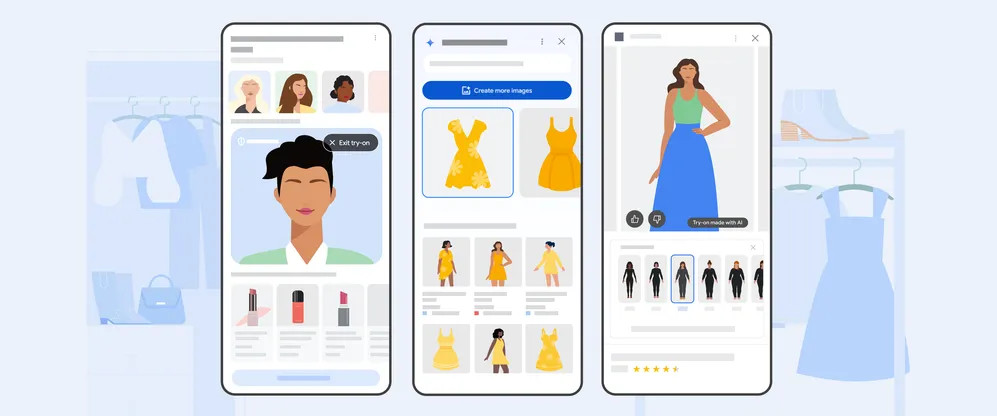
AI Mode promises an 'immersive' shopping experience
In other news, there was a renewed play for the AR/VR space with the arrival of Android XR, an ‘AI-powered operating system’ designed for augmented reality glasses. Capable of overlaying information, from navigation to how-to guides, to text messages and search, onto the world around you, Android XR will be appeal to a certain kind of early adopter, for sure, but is more likely to find its niche in industrial and commercial applications.
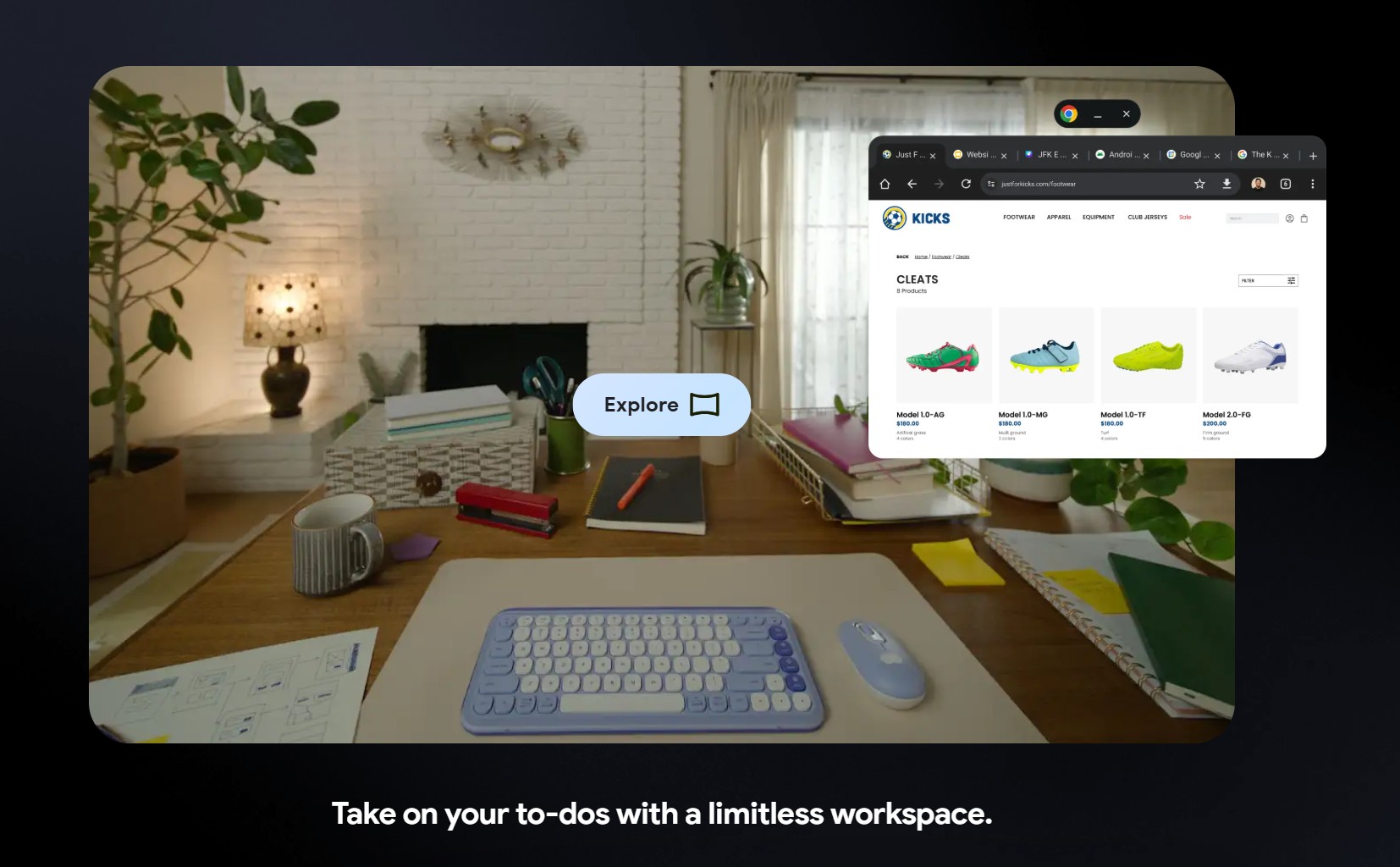
Android XR, an augmented layer of information accessed via AR glasses
A new look and feel
Google is heralding Material 3 Expressive as one of its ‘biggest update in years’. For Wear OS 6 devices, that means making more of the circular interface, with scaling animations that appear to emphasise and exaggerate the ‘water droplet’ design of the display. Animations add a further sense of depth.
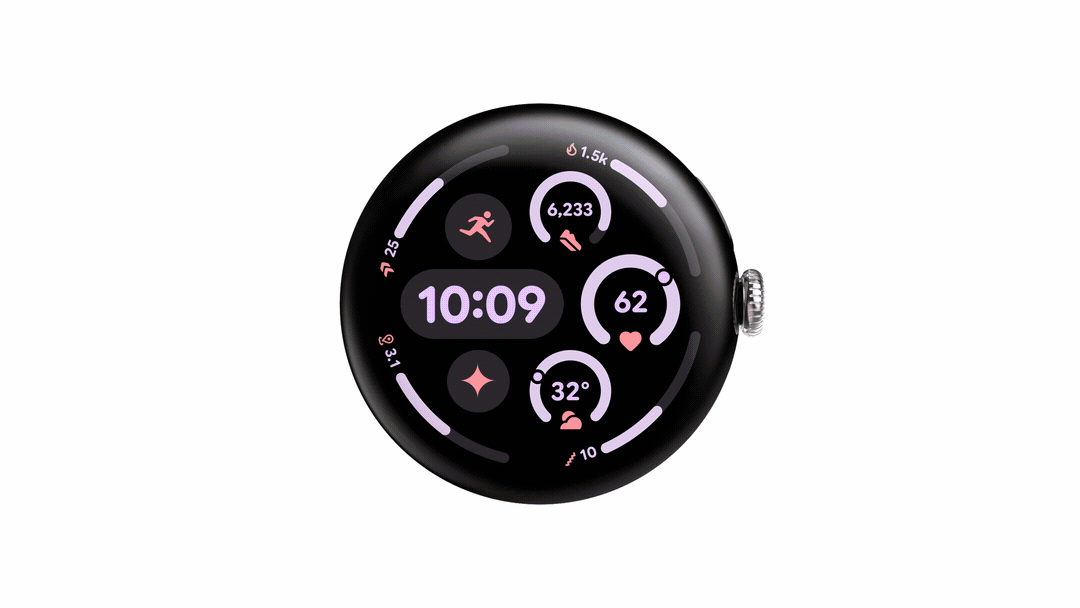
Wear OS updates include more dynamic animations
On Android devices, the Material 3 Expressive toolkit takes a similarly fluid and organic approach to animations and haptic feedback. Developers now have access to a revised palette and typography as well as having more freedom when creating shaped buttons and interfaces. The many flavours of Android give the OS an untethered, slightly anarchic feel that feels a world apart from Apple’s rigorous rules and high aesthetic standards. Google clearly hopes that a more expansive set of highly curated options will help close the gap.
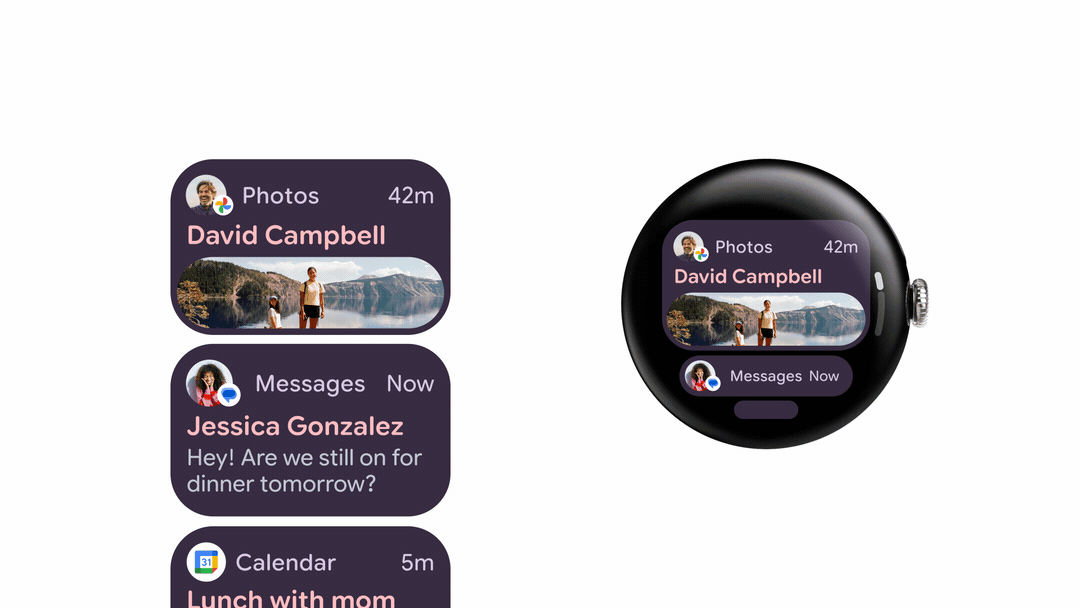
Wear OS notifications, showing the relationship between text box and curved screen
Android 16 should start rolling out in the next few weeks, initially to Google’s own flagship devices. It also means that when the next tranche of Pixel devices drop – the tenth generation – they’ll come with Android 16 straight out of the box. There’s a long list of enhancements and new features, beyond the new aesthetic, including a Live Update tracker for deliveries, cabs, etc, new camera functionality, more Gemini integration, as well as many behind-the-scenes updates to security and information sharing. Better and more intuitive desktop mirroring is also coming, allowing you to use your Android phone as a portable minicomputer when paired with a suitable screen and keyboard.
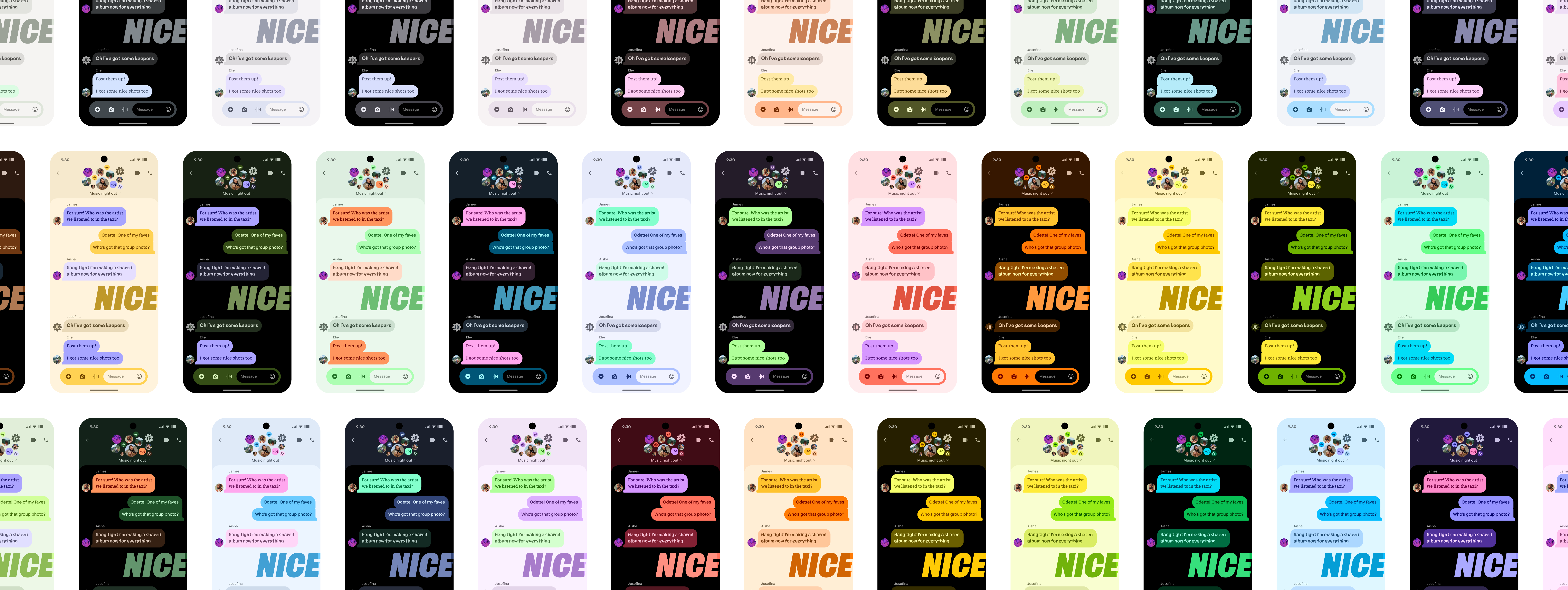
Material 3 Expressive comes with a new range of palettes
Google describes all these enhancements as a way of making watch and phone more ‘fluid, personal and glanceable,’ but this feels like sleight of hand, because the whole business model of a modern device is not about glancing but about glueing. With every launch, conference, update and overhaul, the tech giants are simply putting more and more power into these devices of mass distraction, while simultaneously promising hacks and workarounds that purport to make our lives easier and more seamless and less easily diverted by the fast-flowing streams of information. I/O is an especially apt name for an event of this nature, for the ins and outs of digital culture have never felt more imbalanced and precarious.
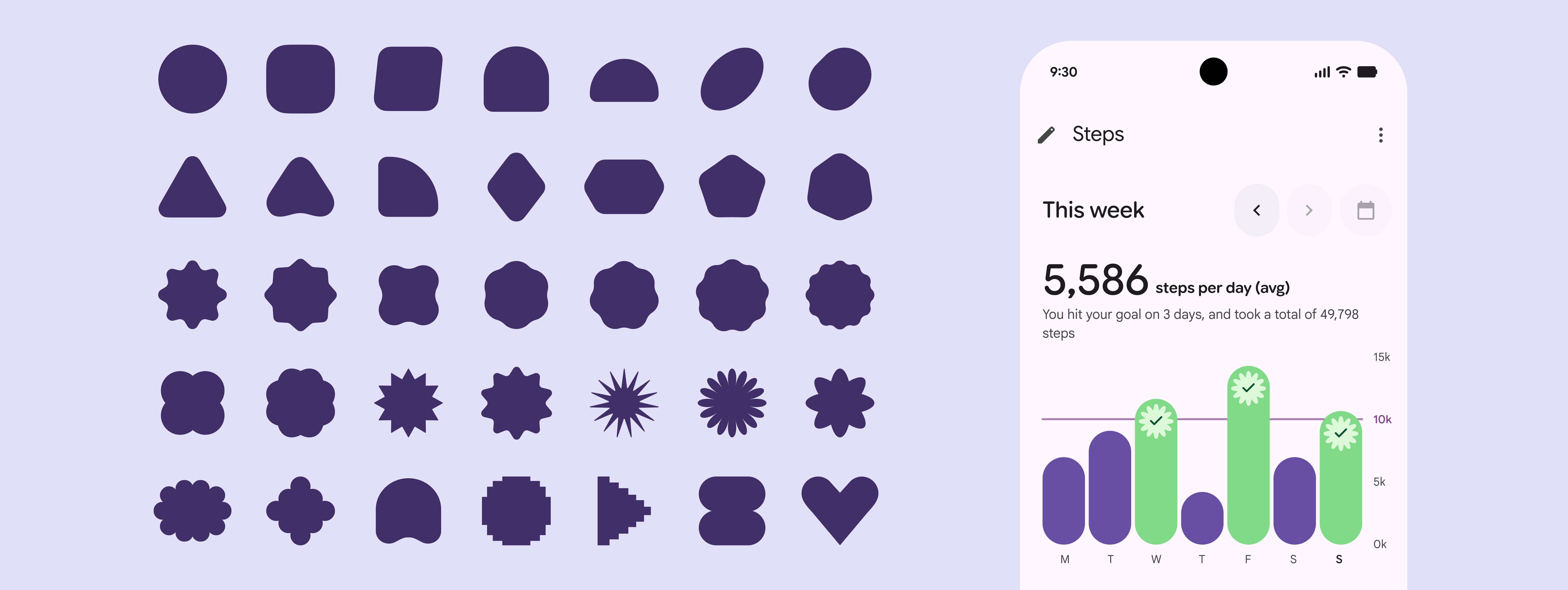
Material 3 Expressive is designed to offer far greater customisation for users and developers
The internet shifts up a gear
Unfortunately, all the things that make the web bad are still bad even if the interface is shiny, beautiful and new – UI changes can’t cloak the essential emptiness of the experience, just as a glossy AI-generated image captures the attention for a few seconds until its dark, lifeless core is revealed. In that respect, Android 16’s aesthetic improvements are merely a band-aid over a realm of chaos, patching security, guiding choices, and maintaining a grip on the essential tools needed to navigate the modern world, all the while encouraging ever greater user involvement and data commitment.
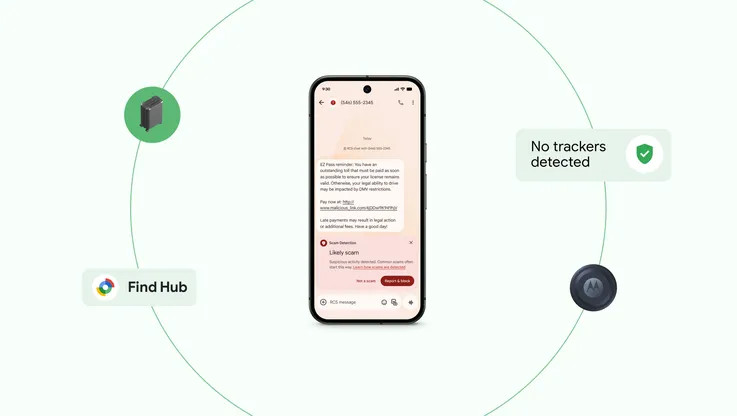
Safety and security were big themes at I/O 2025
On top of all of this, AI is simultaneously invisible and everywhere. AI Mode is just one more step on the road to its the inevitable and unstoppable integration with search. If Wi-Fi is considered an essential service, like water or electricity, then isn’t the ability to search for information an extension of that service? Commercialising search is like plumbing in an apartment and then serving up soda water or an influencer’s energy drink through the taps, depending on who has paid for the placement. It remains to be seen whether greater AI integration will be able to undo this or simply accelerate it.

Google Whisk is an AI image generator
To the naysayers, AI has already been derailed by commercial concerns, trumping safety and ethics and copyright and all manner of the apparently outmoded but once essential ways we used to conduct ourselves. There are still pockets of opposition holding out. The idea that generative AI is already beyond parody still holds sway for now. Thus far, the vast majority of AI art, music, writing and films has achieved the status of nothing more than a sophisticated, rather more egregious type of photocopying, plagiarism in its purest form.
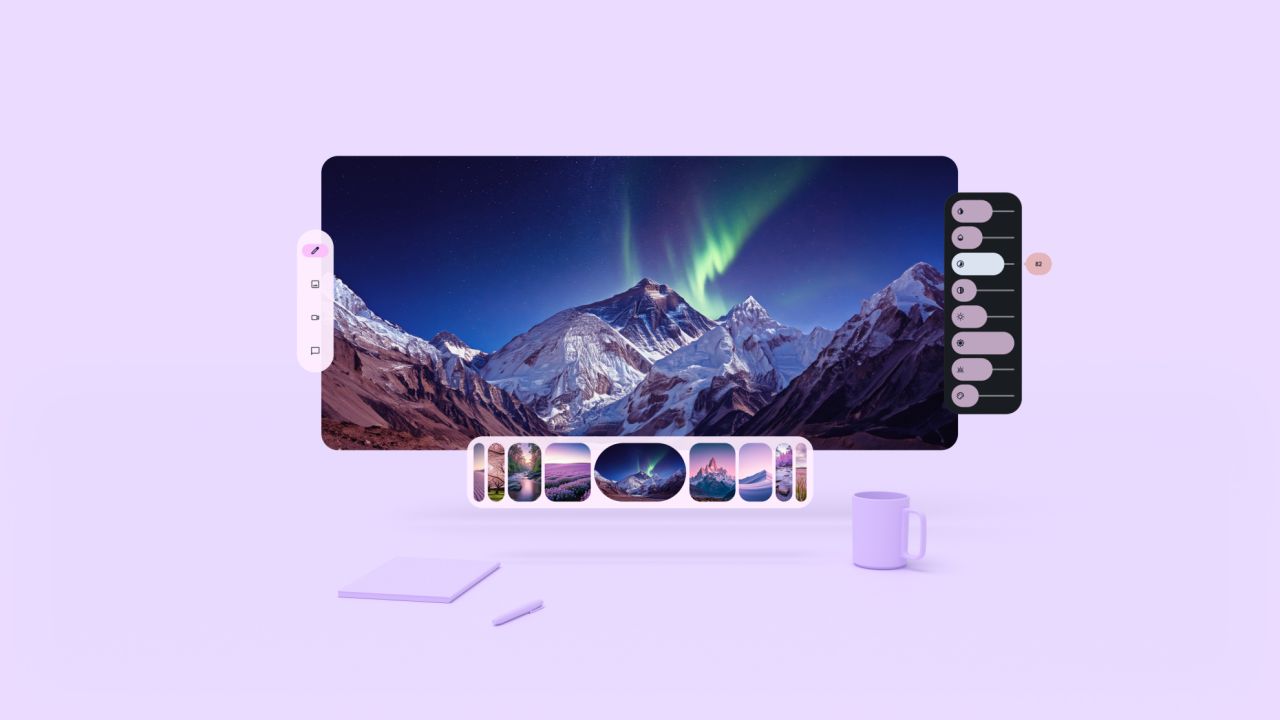
A graphic depiction of an Android XR workspace
However, as a new generation of creatives grows up with a technology that’s maturing at a terrifying rate, it’s unlikely this will hold true for much longer. There are already plenty of prompt jockeys out there capable of cajoling the machine into creating something interesting. A generation that can find therapeutic solace in the ‘thoughts’ of an AI chatbot isn’t less discerning, just less concerned with the distinction.
So what next?
For now, our devices and desires are inextricably linked, a situation that Google’s raft of changes seeks to cement. But in the future, will conventional screen-based devices still be at the centre of our world? As the annual bipartisan announcement techfest got underway, cleverly sandwiched between Google's I/O conference and Apple's WWDC, Sam Altman's OpenAI quietly let slip that it was working with none other than Jony Ive. And not just Ive and his LoveFrom cohort, but a team of crack technologists, including alumni from Apple, who have formed a specialist start-up, io, to exclusively shape OpenAI's future move into personal devices. Altman isn't just employing io, but owns it outright, although Ive's hard-won independence will remain.
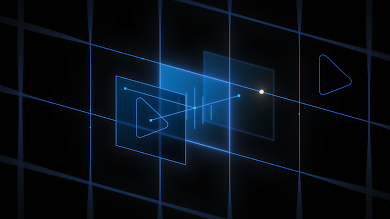
Press play and join the machine
It’s inconceivable that Apple, Google, et al, don’t have teams hard at work on a similar paradigm-busting approach to the way we communicate, consume and create. Just as screen-based reaches its apogee, the digital world could suddenly shift in ways we can’t yet imagine.
Google I/O 2025 can be explored in full at IO.Google
Jonathan Bell has written for Wallpaper* magazine since 1999, covering everything from architecture and transport design to books, tech and graphic design. He is now the magazine’s Transport and Technology Editor. Jonathan has written and edited 15 books, including Concept Car Design, 21st Century House, and The New Modern House. He is also the host of Wallpaper’s first podcast.
-
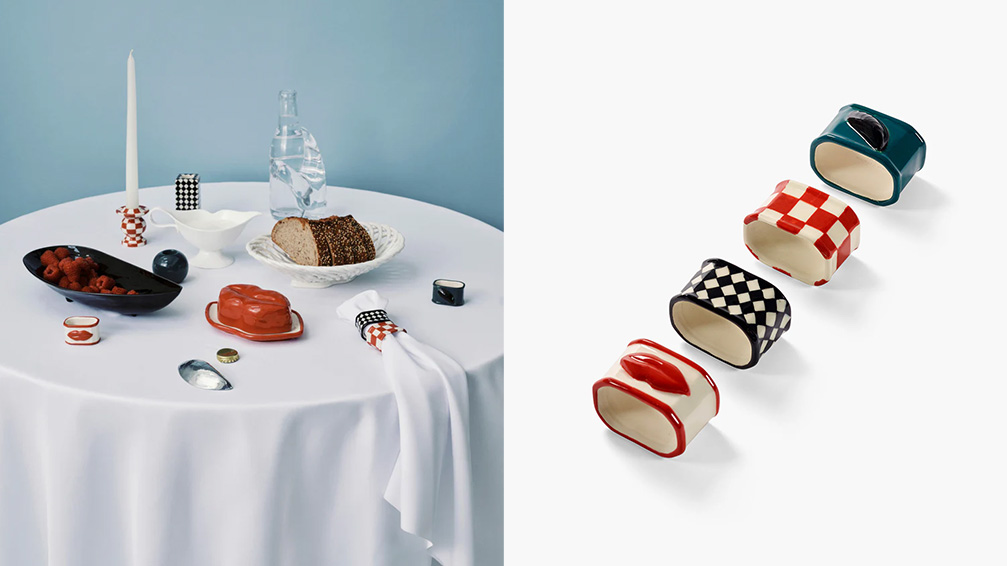 Sculptural, design-led napkin rings for festive tables
Sculptural, design-led napkin rings for festive tablesThe simple napkin ring harbours the potential to bring a stylish punch of personality to any table setting
-
 How Peter Saville came to art direct the best of contemporary culture
How Peter Saville came to art direct the best of contemporary cultureFrom Peter Saville's first steps with Factory Records and legendary album designs to his later work in art and fashion: we chart the history of the British art director
-
 Wallpaper* Gift Guides: What our Fashion & Beauty Features Director, Jack Moss, has on his wishlist
Wallpaper* Gift Guides: What our Fashion & Beauty Features Director, Jack Moss, has on his wishlistFestive gifting is about a balance of indulgence and comfort, says Wallpaper* Fashion & Beauty Features Director Jack Moss – here encapsulated in silk slippers, classic pyjamas and an oil cleanser based on ancient bathing rituals
-
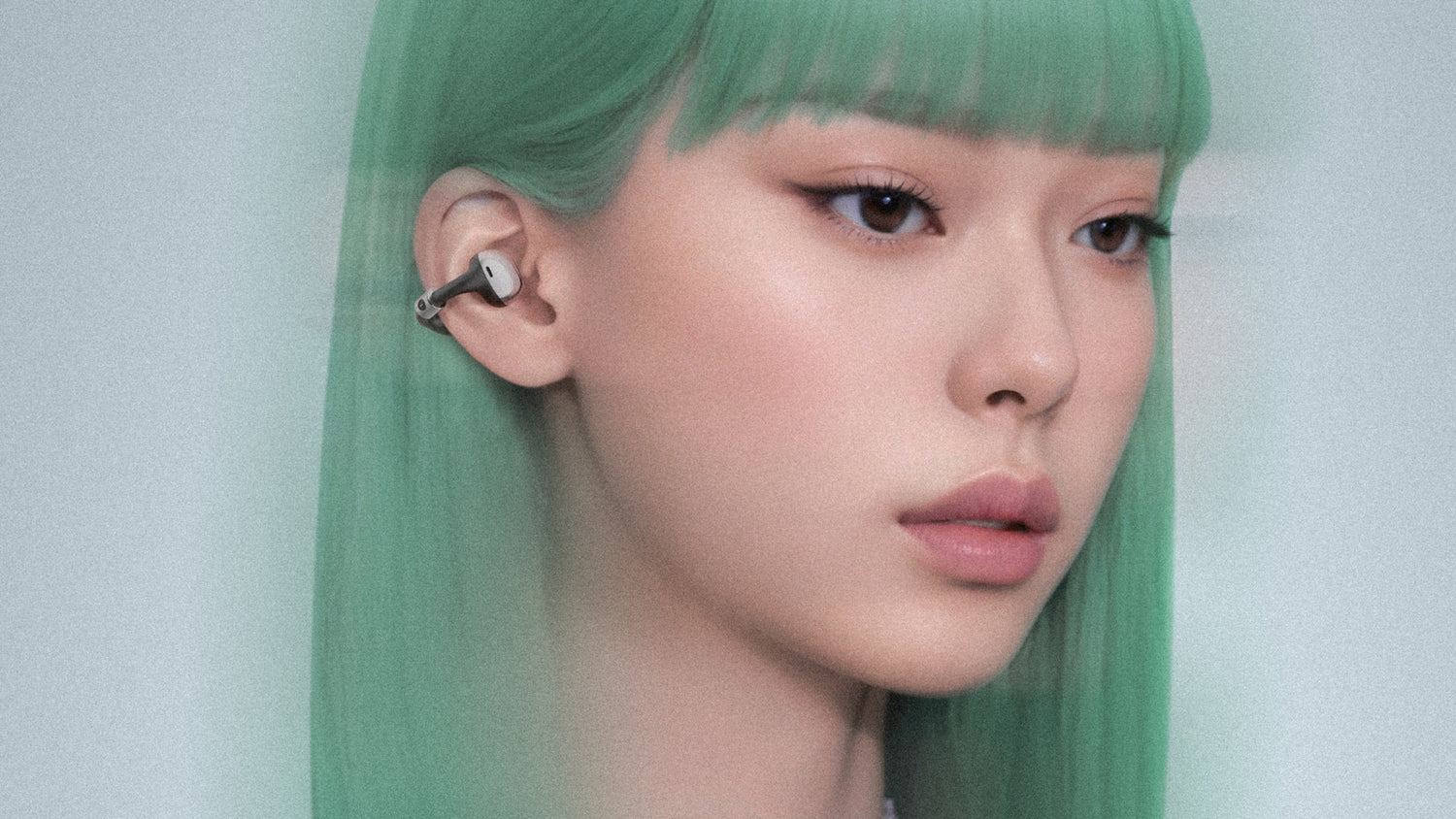 From smart glasses to ‘empathy’ machines: what AI gadgets get right (and very wrong)
From smart glasses to ‘empathy’ machines: what AI gadgets get right (and very wrong)From furry friends to smart glasses, we test the latest AI gadgets promising to enhance your life
-
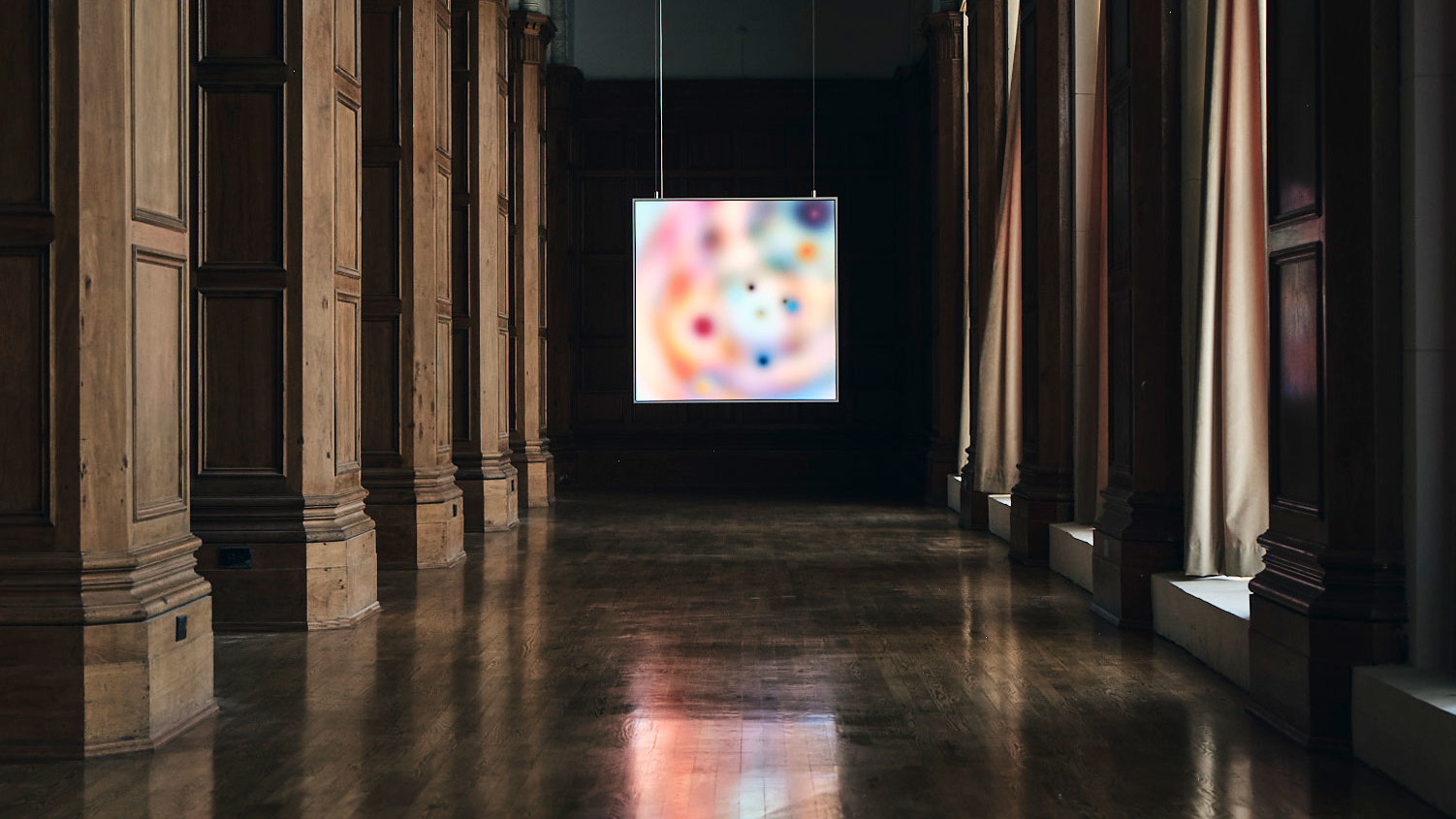 In the frame: Layer is a new high-tech platform for displaying unique pieces of generative art
In the frame: Layer is a new high-tech platform for displaying unique pieces of generative artA museum-grade canvas renders digital art with spectacular precision, cutting-edge tech and exacting industrial design
-
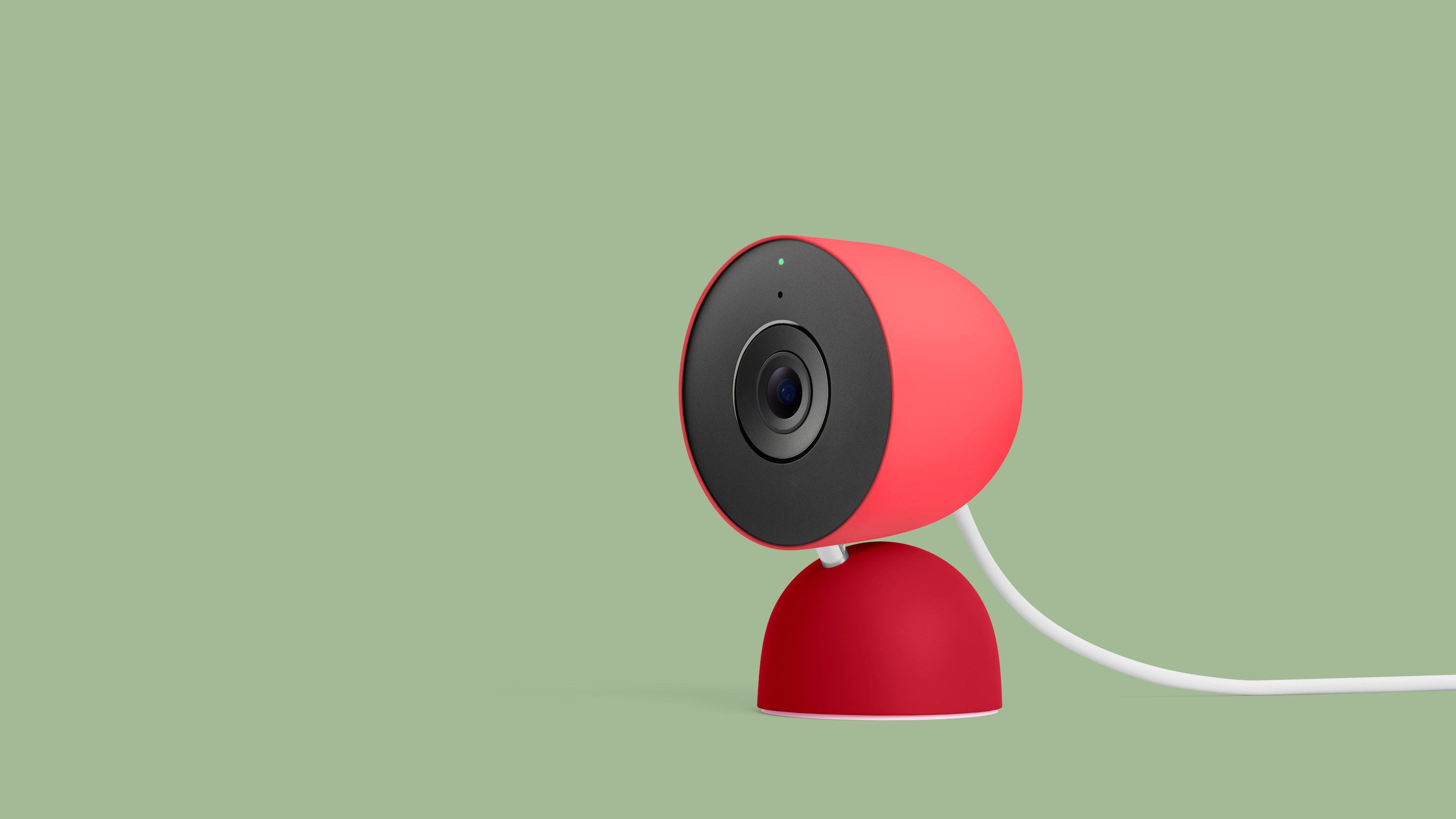 Google Home gets a glow-up as Gemini joins the party with its uncanny observational skills
Google Home gets a glow-up as Gemini joins the party with its uncanny observational skillsYour smart speaker becomes sentient and you now have your own NSA-grade domestic surveillance set-up. Welcome to the terrifying power of Gemini-enabled Google Home
-
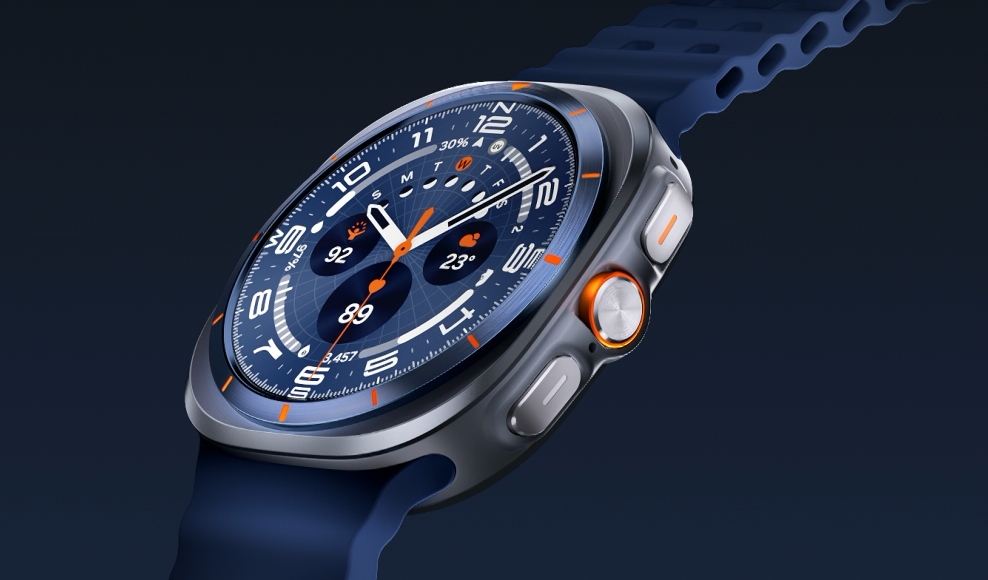 12 new watches and wearables offer a high-tech take on time and tracking
12 new watches and wearables offer a high-tech take on time and trackingFrom conventional smart watches to specialist applications and even solar system exploration, we present twelve ways of transforming your wrist into a source of inspiration and information
-
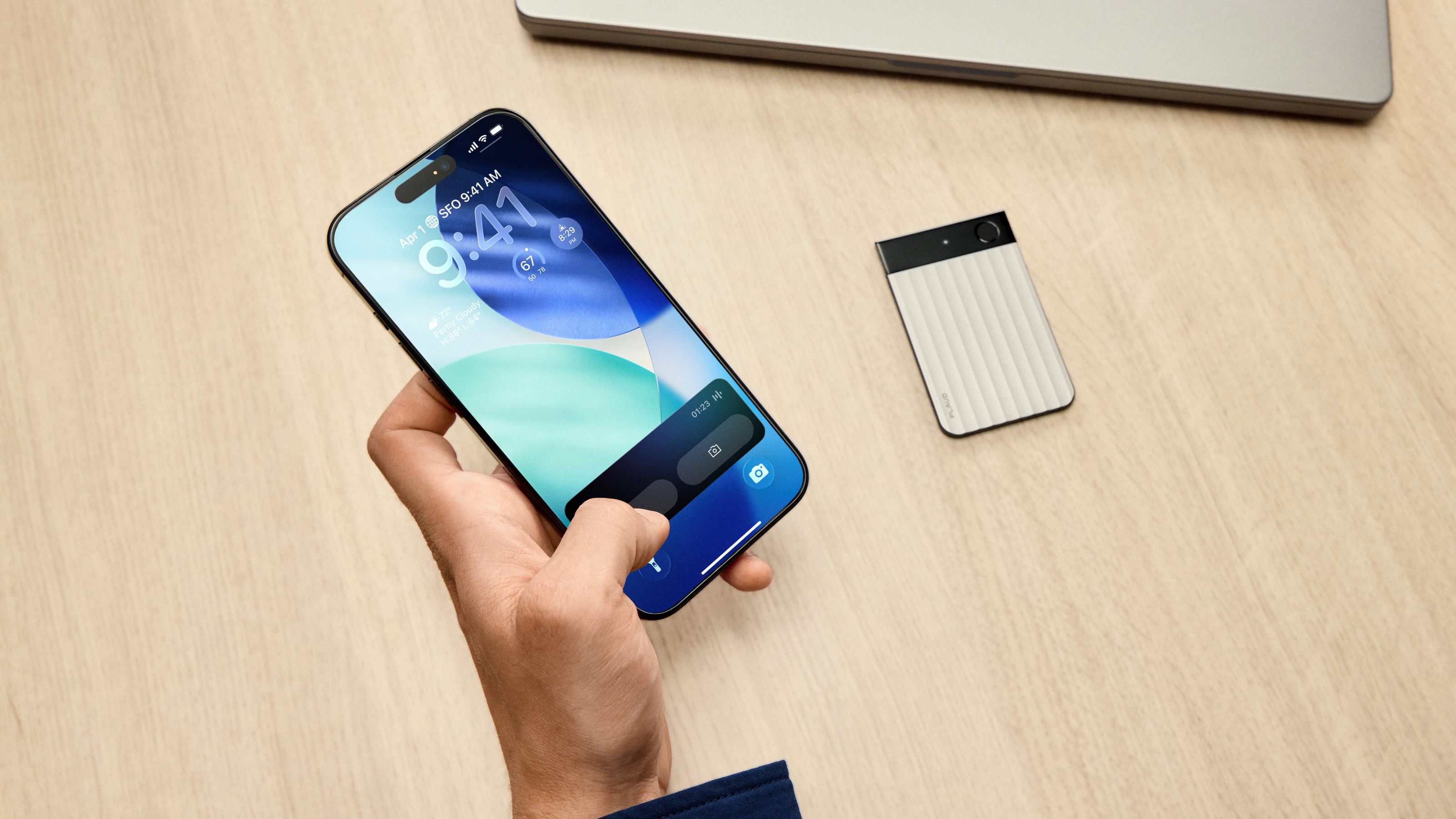 The new Plaud Note Pro deploys AI to transform the spoken word into searchable data
The new Plaud Note Pro deploys AI to transform the spoken word into searchable dataThe Note Pro promises full-on conversational AI, a pocketable device that can capture roundtable chats and correctly attribute speakers and action points. Help or hindrance?
-
 Microsoft vs Google: where is the battle for the ultimate AI assistant taking us?
Microsoft vs Google: where is the battle for the ultimate AI assistant taking us?Tech editor Jonathan Bell reflects on Microsoft’s Copilot, Google’s Gemini, plus the state of the art in SEO, wayward algorithms, video generation and the never-ending quest for the definition of ‘good content’
-
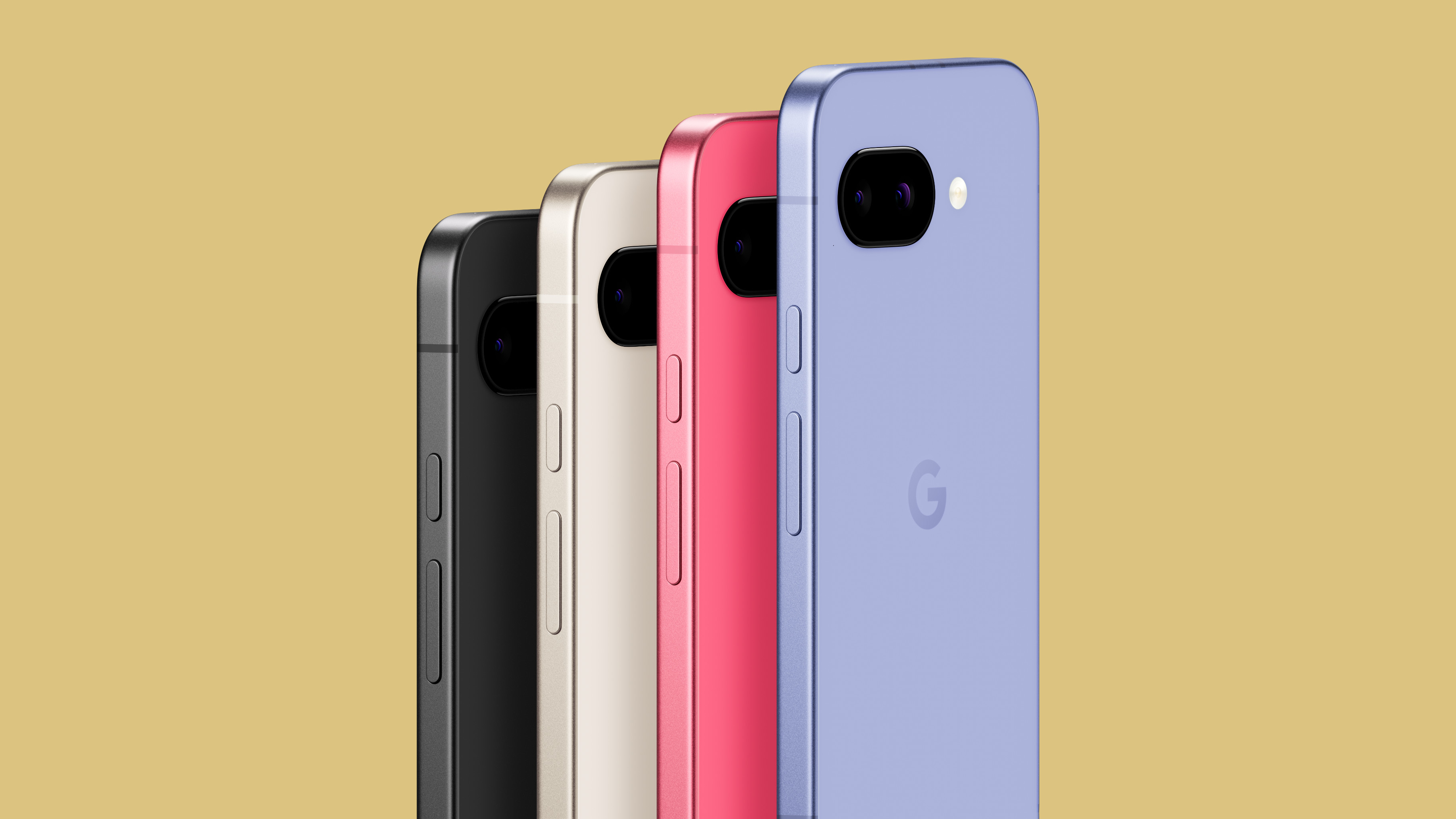 The new Google Pixel 9a is a competent companion on the pathway to the world of AI
The new Google Pixel 9a is a competent companion on the pathway to the world of AIGoogle’s reputation for effective and efficient hardware is bolstered by the introduction of the new Pixel 9a, a mid-tier smartphone designed to endure
-
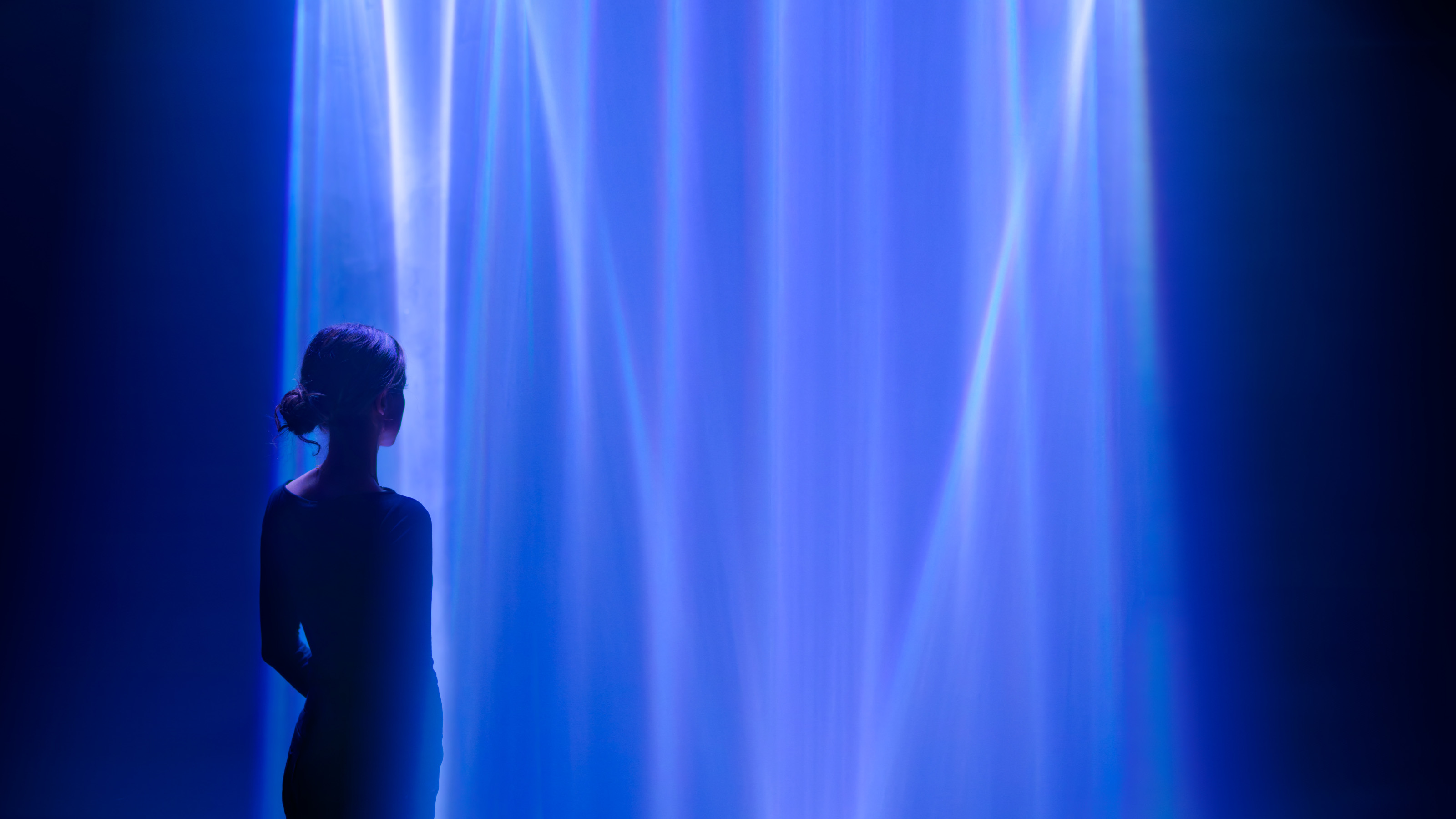 Artist Lachlan Turczan and Google's 'Making the Invisible Visible' at Milan Design Week 2025
Artist Lachlan Turczan and Google's 'Making the Invisible Visible' at Milan Design Week 2025All that is solid melts into air at Garage 21 in Milan as Google showcases a cutting-edge light installation alongside a display of its hardware evolution and process